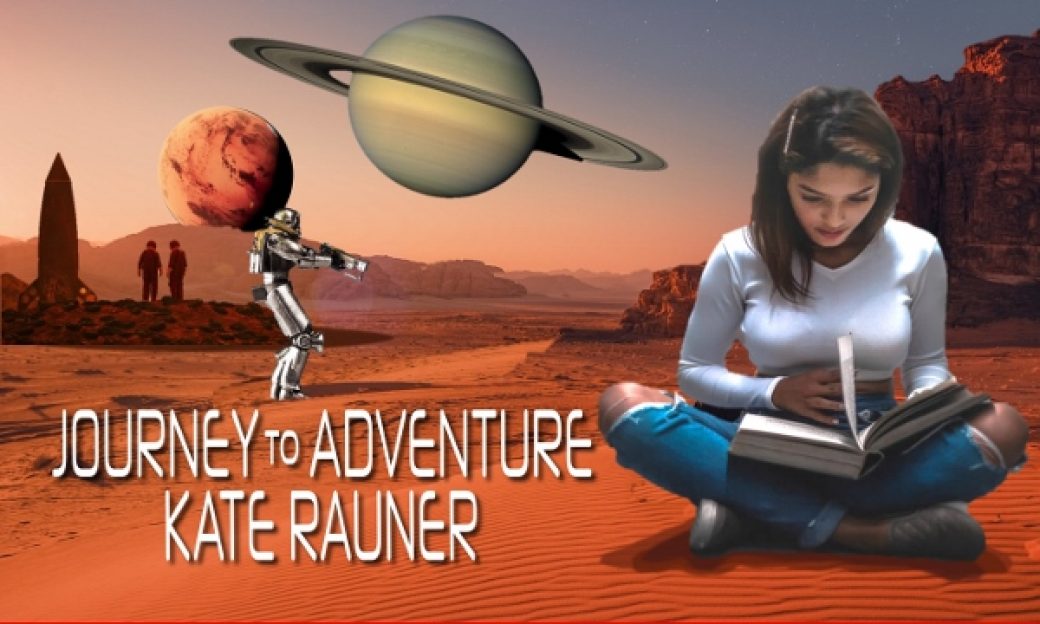Poets say science takes away from the beauty of the stars – mere globs of gas atoms. I too can see the stars on a desert night and feel them. Why do poets not speak of science? paraphrased from Richard Feynman
These poets do! Science isn’t the realm of robots, but of vibrant human beings, and therefore, of poets.
Celebrate The International Year of the Periodic Table with a poem about all 118 chemical elements (entitled ‘The Chemist’s Couplets’). It got an honorable mention from the Royal Australian Chemical Institute’s (RACI’s) Stories from the Periodic Table Competition. Today it’s part of an audience poll to determine the people’s favorite elemental story.
Read ‘The Chemist’s Couplets’ by my friend-in-poetry, Michael Leach, and find more science poetry at surveymonkey.com/r/stories3 (The links are in the survey.)
Be sure to vote for your favorite.

Shape of electron shells as designated on the Periodic Table
Why is the periodic table worth a celebration? Because it’s laid out to show you how atoms are structured, how the shape of electrons’ probabilities lets you predict how chemistry will happen! When I realized this chemistry-stuff wasn’t just rules some grumpy, old teacher insisted I memorize – it was the shape and structure of reality – that’s the moment I groked chemistry. I hope you do, too.
UPDATE: the votes are in and ‘The Chemist’s Couplets’ won first runner-up. View the results with links to the winners here.




